Home improvement projects are very satisfying because they change a space into a functional and unique one. However, the selection of appropriate power tools is an important aspect of any project that needs to be accomplished. When there are hundreds of tools out there, it becomes challenging to determine what one requires. Whether you are a DIY novice or a professional renovator, knowing what power tools are suitable for your projects will help you avoid time wastage, energy and frustration.
In this guide, we will take you through the most important aspects of choosing the best power tools for your home improvement projects. Starting from the classification of the tools and ending with the choice of the right tool for a particular job, we will discuss the main criteria affecting your decision.
Identifying the Right Power Tools for Your Project Needs
The first and foremost consideration that must be made before you buy any power tools is to understand the requirements of your job. In other words, the goals you have set will dictate the tools that you have to use. For instance, are you making furniture, repainting a room, or putting up a deck? Every project is unique and therefore, it needs to be equipped with the right tools. By knowing your project type, you can choose the right power tool set to use on your project.
Consider the Scope of Your Project: Is your project a small, one-off task like hanging pictures or installing a shelf? Or is it a larger, more complex undertaking like renovating a bathroom or building furniture? The scale of the project is a major factor in determining what tools are necessary. For instance, a power drill may be sufficient for assembling furniture, while a corded power tool like a table saw will be necessary for cutting wood for a larger construction project.
Assess the Materials You’ll Be Working With: The materials involved in your project also dictate the tools required. If you’re working with wood, a drill, jigsaw, and circular saw may be sufficient. For tasks involving metal, concrete, or masonry, you’ll need more specialized tools like an impact driver or hammer drill. Understanding the materials will also help you decide between corded power tools for consistent, long-term power, and cordless power tools for portability.
Frequency of Use: Another consideration is how often you plan on using these tools. If you’re a casual DIYer who tackles home improvement projects once in a while, a basic power tool set might be enough. However, if you’re working on projects regularly or tackling significant renovations, investing in higher-quality, durable best power tools for long life will save you time and money in the long run.
Once you’ve assessed your project needs, it’s time to start selecting specific power tools.
Types of Power Tools and Their Uses
There are countless types of power tools, each designed for a particular task. Whether you’re cutting, drilling, sanding, or grinding, there is a power tool for the job. Below, we outline some of the most common power tools and their uses to help you choose the best tools for your needs.
1. Drills and Drivers: The power drill is one of the most versatile tools in any toolkit. Whether you’re drilling holes in wood, drywall, or concrete, the drill is a must-have for most projects. A cordless power tool drill is often preferred because of its portability and ease of use. If you require more power, corded power tools are a good option, as they provide more torque and eliminate the need for recharging.
Drills can also serve as impact drivers, which are helpful for driving screws into dense materials. For those who do a lot of work involving screws, a separate impact driver might be a good addition to your tool set.
2. Saws: From circular saws to reciprocating saws and jigsaws, there are several types of saws that serve different functions. Corded power tools like circular saws are ideal for larger cutting jobs, such as cutting lumber for furniture or constructing a deck. A cordless power tool like a jigsaw is better for precision work, such as cutting curves or working in tight spaces.
If you need a power tools list for cutting wood, metal, or plastic, saws will be at the top of the list.
3. Sanders: When working on woodworking projects or smoothing out rough surfaces, a power sander can save you significant time and effort. Sanders are perfect for removing old paint, smoothing rough wood, and preparing surfaces for finishing.
Corded power tools tend to be more powerful and consistent, while cordless power tools are lighter and more maneuverable. Choosing between the two comes down to the scale of the sanding job and your preference for mobility versus power.
4. Grinders: Grinders are used to sharpen, polish, or remove material from surfaces. They are especially useful for working with metal or concrete. Corded power tools like angle grinders are excellent for tough grinding jobs, while cordless power tools can handle light grinding and polishing tasks.
5. Impact Wrenches and Drivers: If you are working with nuts, bolts, or fasteners, an impact wrench or impact driver will make the job much easier. These tools are designed for high torque tasks like automotive repairs or heavy-duty construction projects. A cordless power tool version offers mobility, while a corded power tool provides more consistent power.
6. Rotary Tools: A rotary tool is a compact, multipurpose tool with interchangeable attachments that can be used for engraving, polishing, sanding, cutting, and more. Cordless power tools are popular in this category for their portability, allowing users to perform detailed tasks on the go.
Corded vs Cordless Power Tools: Which Should You Choose?
The debate between corded and cordless power tools is one that many DIYers and professionals face. The answer depends on the nature of your project, your mobility needs, and the type of tasks you'll be performing.
Corded Power Tools: Corded power tools are ideal for projects that require consistent, high-powered performance. These tools are plugged into an electrical outlet, meaning they never run out of battery. If you’re working on large-scale tasks like heavy-duty drilling, cutting, or grinding, corded power tools provide the sustained power necessary to get the job done. Additionally, you won’t need to worry about recharging batteries during use.
| Pros of Corded Power Tools | Cons of Corded Power Tools |
| Unlimited power and runtime | Limited mobility |
| More power for tough tasks | Risk of tangling or tripping over the cord |
| More cost-effective for heavy-duty use | Requires access to an electrical outlet |
Cordless Power Tools: On the other hand, cordless power tools are designed for portability and ease of use. These tools operate on rechargeable batteries, making them ideal for smaller jobs, precise work, and tasks that require mobility. If you’re working in tight spaces or areas without easy access to power outlets, cordless power tools are a fantastic choice.
| Pros of Cordless Power Tools | Cons of Cordless Power Tools |
| Portability and ease of movement | Battery life can limit your usage time |
| Ideal for smaller projects and precise tasks | Less power for heavy-duty tasks |
| Lighter and more compact than corded power tools | Batteries need to be recharged regularly |
For frequent users, best cordless power tools often come with interchangeable batteries, allowing you to swap them out and keep working without downtime.
Understanding Power Tools Specifications and Performance Ratings
When shopping for power tools, it's essential to understand the specifications and performance ratings to ensure the tool meets your needs. These numbers indicate the capabilities of the tool and can help you compare different models.
1. Power Rating (Amps and Volts): For corded power tools, the power rating is usually measured in amps (amps), while for cordless power tools, it’s measured in volts (volts). The higher the rating, the more powerful the tool. However, more power doesn't always equate to a better tool; it depends on the task at hand. For example, a 5-amp corded drill may be sufficient for light tasks, while a 15-amp drill will be more suitable for heavy-duty work.
2. Speed and Torque: Speed, measured in revolutions per minute (RPM) for drills and saws, is another important consideration. Higher RPM allows you to work faster, but for precision tasks, you might need a tool with adjustable speed settings.
Torque, on the other hand, measures the rotational force a tool can generate. Higher torque is important for driving screws or drilling into dense materials. Look for cordless power tools with adjustable torque settings for added versatility.
3. Battery Life and Charge Time (for Cordless Tools): For cordless power tools, the battery is crucial. Look for tools that use lithium-ion batteries, as they typically offer longer life and faster charging times compared to older battery types, such as nickel-cadmium. Longer battery life means you can work longer without interruption, while shorter charge times allow you to get back to work quickly.
Are power tool issues slowing down your home improvement projects? Equip yourself with the ultimate toolkit for success! Our collection includes top-quality power tools and essential power tool replacement parts like batteries, brushes, motors, switches, blades, and chuck keys to ensure your DIY tasks run smoothly. From drills and saws to impact drivers and grinders, we offer durable, reliable tools designed for optimal performance. Whether you're tackling simple repairs or major renovations, our selection of the best power tools and power tool parts will keep you on track.
Choosing Ergonomic and User-Friendly Power Tools
Comfort and usability are crucial when selecting power tools. Since many home improvement projects involve extended periods of use, tools that are designed with ergonomics in mind can help reduce fatigue and discomfort.
Key Features to Look For:
Padded grips to reduce vibration and improve comfort.
Lightweight construction to minimize strain during prolonged use.
Anti-slip handles for better control.
Well-placed controls to make adjustments easy without interrupting work.
Choosing tools that are comfortable to use can make a significant difference in both the outcome of your project and your experience.
Ensuring Durability and Quality in Power Tools
Durability is a key factor when choosing power tools, especially if you plan to use them frequently. High-quality tools last longer and perform better over time, which is why it’s often worth investing in best power tools for long life.
Key Factors for Durability:
Look for power tool parts that are made from high-quality materials like steel and heavy-duty plastic.
Opt for tools with a reputation for longevity from trusted brands like DeWalt, Bosch, or Makita.
Ensure that replacement parts, such as batteries or blades, are readily available and easy to replace.
Choosing durable power tools will prevent you from needing constant repairs or replacements, saving you money over time.
Budgeting for Power Tools Without Compromising Quality
While it’s tempting to go for cheaper models, it’s important to prioritize quality over price when selecting power tools. Low-quality tools might break or fail to deliver the power needed for the task at hand. To get the most value for your money, consider buying a power tool set that includes essential tools for your projects. Bundles are often more cost-effective than purchasing individual tools, and they can give you the basic equipment you need to get started. While higher-end tools come with a premium price tag, investing in the best cordless power tools or best power tools will pay off in the long run as they perform better and last longer.
Safety Features to Look for in Power Tools
Power tool safety is paramount. When using any kind of power tools, always ensure you prioritize your safety by selecting tools with essential safety features.
Important Safety Features:
Safety switches to prevent accidental starts.
Overload protection to safeguard the tool from overheating.
Kickback protection to prevent sudden tool movements.
Dust collection systems to reduce inhalation of hazardous materials.
Adhering to proper safety practices and choosing tools with power tool safety features can help minimize the risk of injury.
Choosing the right power tools for your home improvement projects doesn’t have to be daunting. By considering the tasks you need to complete, understanding the difference between corded power tools and cordless power tools, and focusing on specifications like power, speed, and comfort, you’ll be well-equipped to tackle your next project with confidence.
Investing in high-quality best power tools and maintaining them with proper care will ensure long-lasting performance and reliable results. Whether you’re a casual DIYer or a seasoned renovator, the right tools will make all the difference.
FAQs
How do I choose the right power tools for my needs?
Start by assessing the scope of your project, the materials you’ll be working with, and how frequently you plan to use the tools. Select tools based on those factors to ensure they meet your requirements.
How many watts are needed for power tools?
The wattage depends on the type of tool. Higher wattage typically indicates more power, which is ideal for tougher tasks, while lower wattage tools are more suitable for light work.
What are the three basic factors to consider when selecting stationary power tools?
When selecting stationary power tools, consider the tool’s power rating, stability, and size to ensure it fits your workspace and meets your project needs effectively.

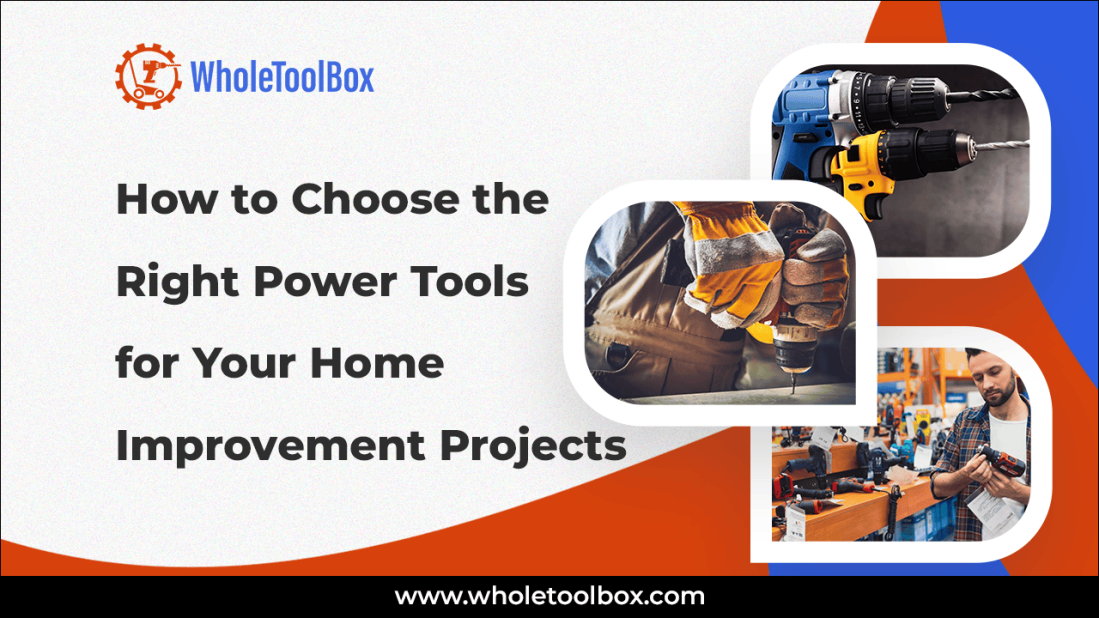
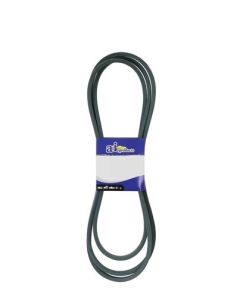
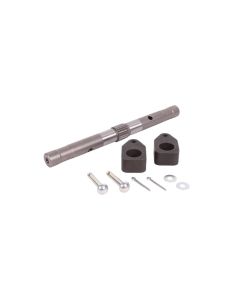
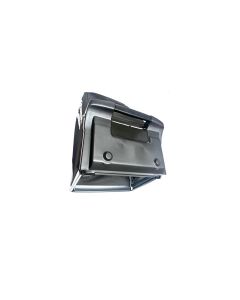
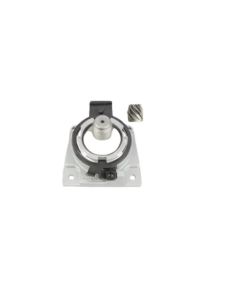
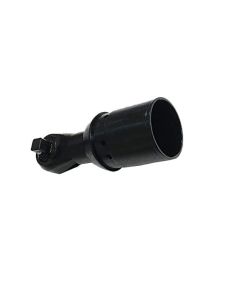


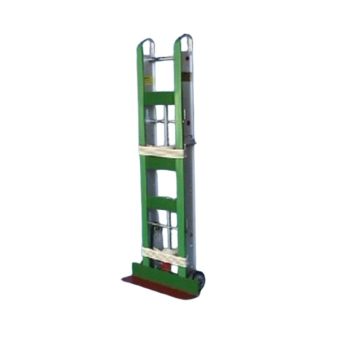
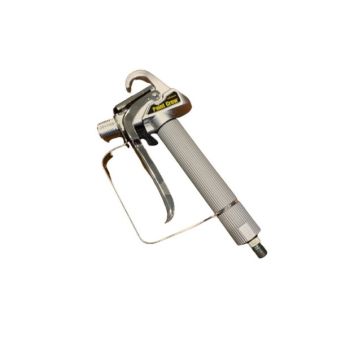
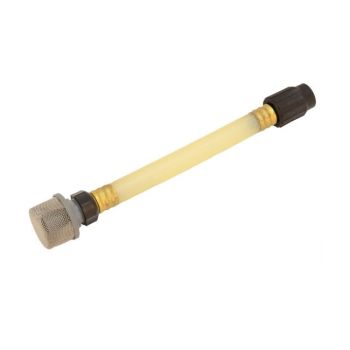
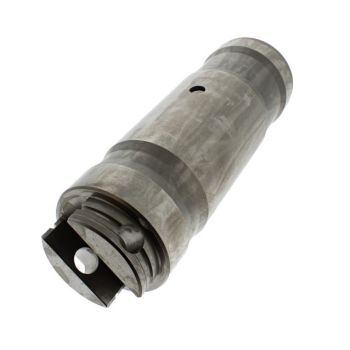
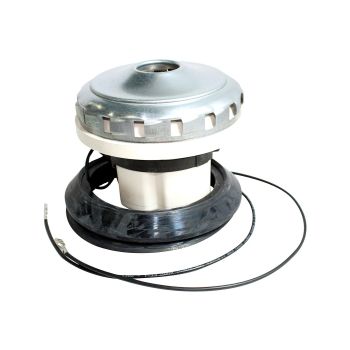
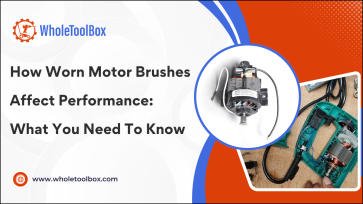
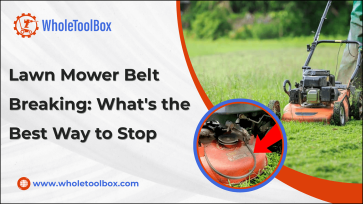

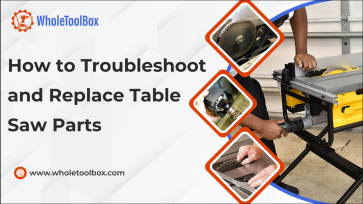

Validate your login